
A peculiar Vine floated around social media Monday evening following the grand jury announcement in Ferguson, Mo. The short video shows an Asian-American shopkeeper standing in his looted store, with a hands-in-his-pockets matter-of-factness and a sad slump to his facial expression. “Are you okay, sir?” an off-screen cameraman asks. “Yes,” the storeowner says, dejectedly.
The clip is only a few seconds, but it highlights the question of where Asian-Americans stand in the black and white palette often used to paint incidents like Ferguson. In the story of a white cop’s killing of a black teen, Asian-Americans may at first seem irrelevant. They are neither white nor black; they assume the benefits of non-blackness, but also the burdens of non-whiteness. They can appear innocuous on nighttime streets, but also defenseless; getting into Harvard is a result of “one’s own merit,” but also a genetic gift; they are assumed well-off in society, but also perpetually foreign. Asian-Americans’ peculiar gray space on the racial spectrum can translate to detachment from the situation in Ferguson. When that happens, the racialized nature of the events in Ferguson loses relevance to Asian-Americans. But seen with a historical perspective, it’s clear that such moments are decidedly of more colors than two.
VOTE: Should the Ferguson Protestors Be TIME’s Person of the Year?
Michael Brown’s death has several parallels in Asian-American history. The first to come to mind may be the story of Vincent Chin, a Chinese-American killed in 1982 by a Chrysler plant superintendent and his stepson, both white, both uncharged in a racially-motivated murder; like Brown, Chin unified his community to demand protection under the law. However, most direct parallels have often had one distinct dissimilarity to Ferguson: they have not spurred widespread resistance, nor have they engraved a visible legacy.
There is the story of Kuanchang Kao, an intoxicated Chinese-American fatally shot in 1997 by police threatened by his “martial arts” moves. There is Cau Bich Tran, a Vietnamese-American killed in 2003 after holding a vegetable peeler, which police thought was a cleaver. There is Fong Lee, a Hmong-American shot to death in 2006 by police who believed he was carrying a gun. None of the three cases resulted in criminal charges against the police or in public campaigns that turned the victim’s memory into a commitment to seek justice. One op-ed even declared how little America learned from Tran’s slaying.
While Ferguson captures the world’s attention, why do these Asian-American stories remain comparatively unknown?
One possible answer could be found in the model minority myth. The myth, a decades-old stereotype, casts Asian-Americans as universally successful, and discourages others — even Asian-Americans themselves — from believing in the validity of their struggles. But as protests over Ferguson continue, it’s increasingly important to remember the purpose of the model minority narrative’s construction. The doctored portrayal, which dates to 1966, was intended to shame African-American activists whose demands for equal civil rights threatened a centuries-old white society. (The original story in the New York Times thrust forward an image of Japanese-Americans quietly rising to economic successes despite the racial prejudice responsible for their unjust internment during World War II.)
Racial engineering of Asian-Americans and African-Americans to protect a white-run society was nothing new, but the puppeteering of one minority to slap the other’s wrist was a marked change. The apparent boost of Asian-Americans suggested that racism was no longer a problem for all people of color — it was a problem for people of a specific color. “The model minority discourse has elevated Asian-Americans as a group that’s worked hard, using education to get ahead,” said Daryl Maeda, a professor of ethnic studies at the University of Colorado, Boulder. “But the reality is that it’s a discourse that intends to pit us against other people of color. And that’s a divide and conquer strategy we shouldn’t be complicit with.”
Through the years, that idea erased from the public consciousness the fact that the Asian-American experience was once a story of racially motivated legal exclusion, disenfranchisement and horrific violence — commonalities with the African-American experience that became rallying points in demanding racial equality. That division between racial minorities also erased a history of Afro-Asian solidarity born by the shared experience of sociopolitical marginalization.
As with Ferguson, it’s easy to say the Civil Rights movement was entirely black and white, when in reality there were many moments of interplay between African-American and Asian-American activism. Japanese-American activist Yuri Kochiyama worked alongside Malcolm X until he was assassinated in front of her. Groups protesting America’s involvement in the Vietnam War, like the student-run Third World Liberation Front, united resisters across racial lines under a collective radical political identity. W.E.B. DuBois called on African Americans to support the 1920s Indian anti-colonial resistance, which he compared to whites’ oppression of blacks. Chinese-American activist Grace Lee Boggs, who struggled as a female scholar of color, found passion in fighting similar injustices against African-Americans alongside C.L.R. James in the 1950s. Though Afro-Asian solidarity wasn’t the norm in either groups’ resistance movements, the examples highlight the power of cross-racial resistance, and what hardships they shared as non-whites.
The concept of non-whiteness is one way to begin the retelling of most hyphenated American histories. In Asian-American history, non-whiteness indelibly characterized the first waves of Asians arriving in the mid-1800s in America. Cases like People v. Hall (1854) placed them alongside unfree blacks, in that case by ruling that a law barring blacks from testifying against whites was intended to block non-white witnesses, while popular images documented Asian-American bodies as dark, faceless and indistinguishable — a racialization strengthened against the white supremacy of Manifest Destiny and naturalization law. Non-whiteness facilitated racism, but it in time also facilitated cross-racial opposition. With issues like post-9/11 racial profiling, anti-racism efforts continue to uphold this tradition of a shared non-white struggle.
“This stuff is what I call M.I.H. — missing in history,” said Helen Zia, an Asian-American historian and activist. “Unfortunately, we have generations growing up thinking there’s no connection [between African-Americans and Asian-Americans]. These things are there, all the linkages of struggles that have been fought together.”
The disassociation of Asian-Americans from Ferguson — not just as absent allies, but forgotten legacies — is another chapter in that missing history. In final moments of the Vine depicting an Asian-American shopkeeper’s looted store, the cameraman offers a last thought in their conversation that had halted to a brief pause. “It’s just a mess,” the cameraman says. The observation, however simplistic, has a truth. That, as an Asian-American who’s become collateral damage in a climate often black-and-white, he, like all of Ferguson, must first clean up — and then reassess the unfolding reality outside.
Photos: Ferguson Picks Up the Pieces After a Long Night of Destruction



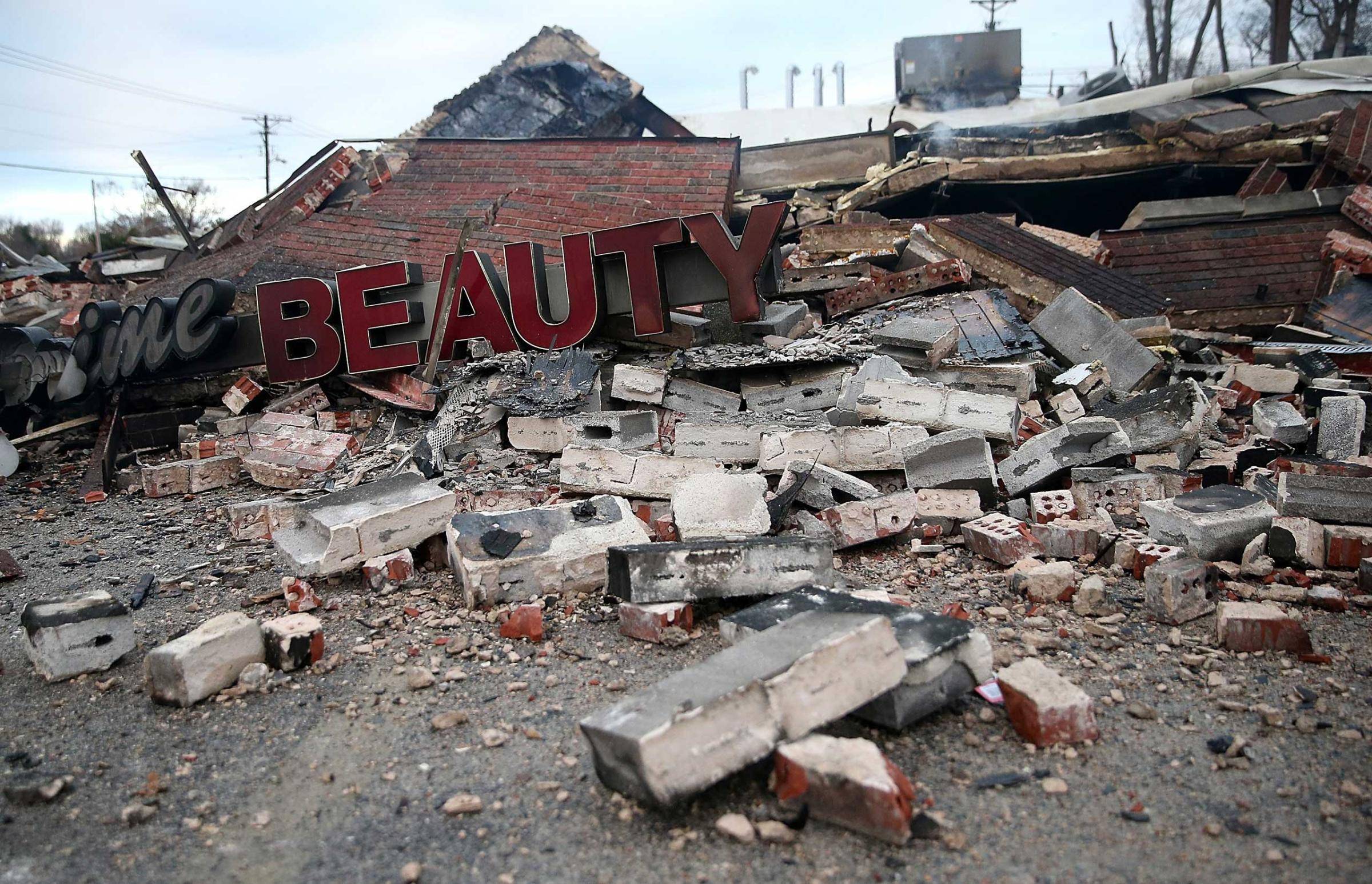


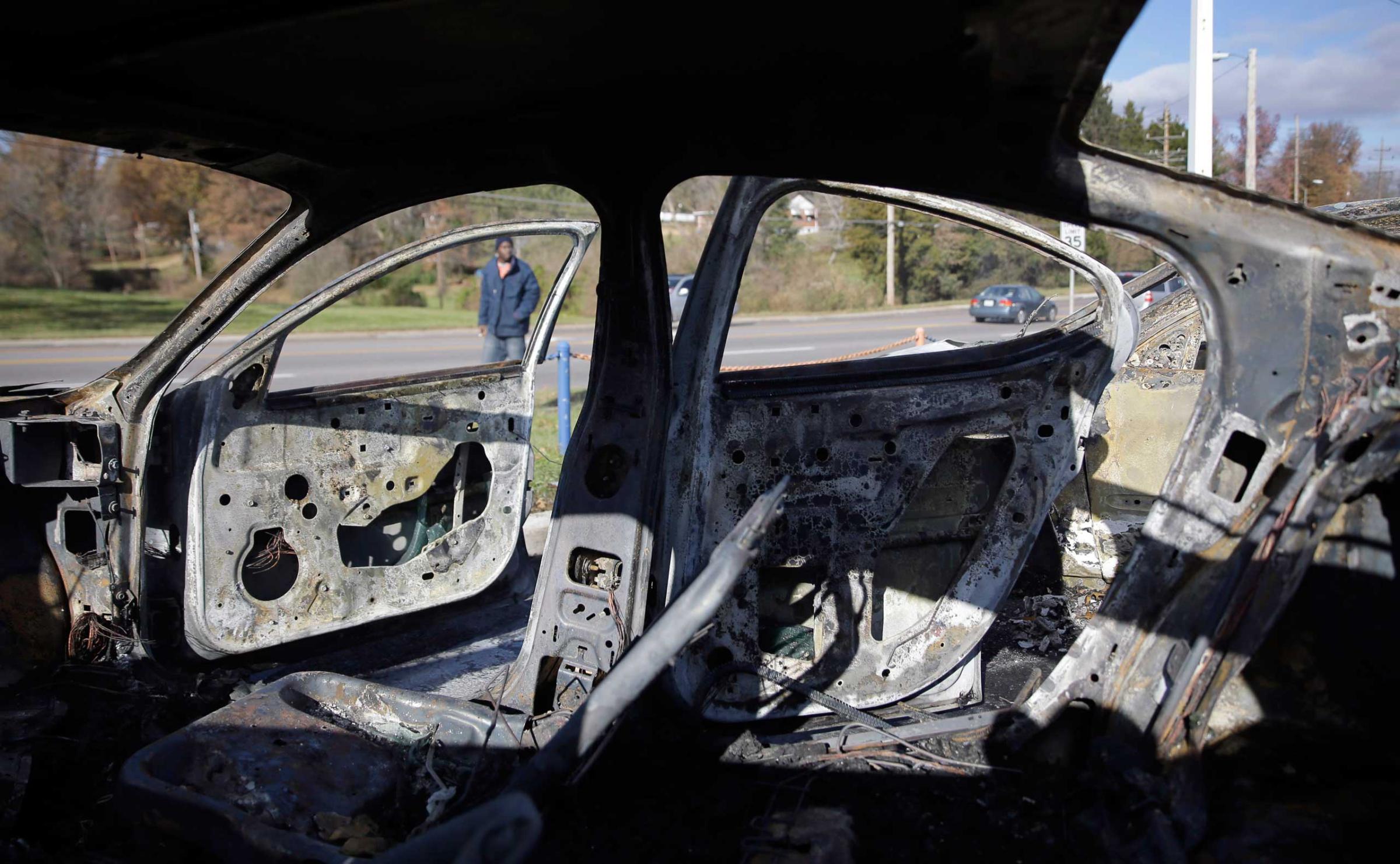

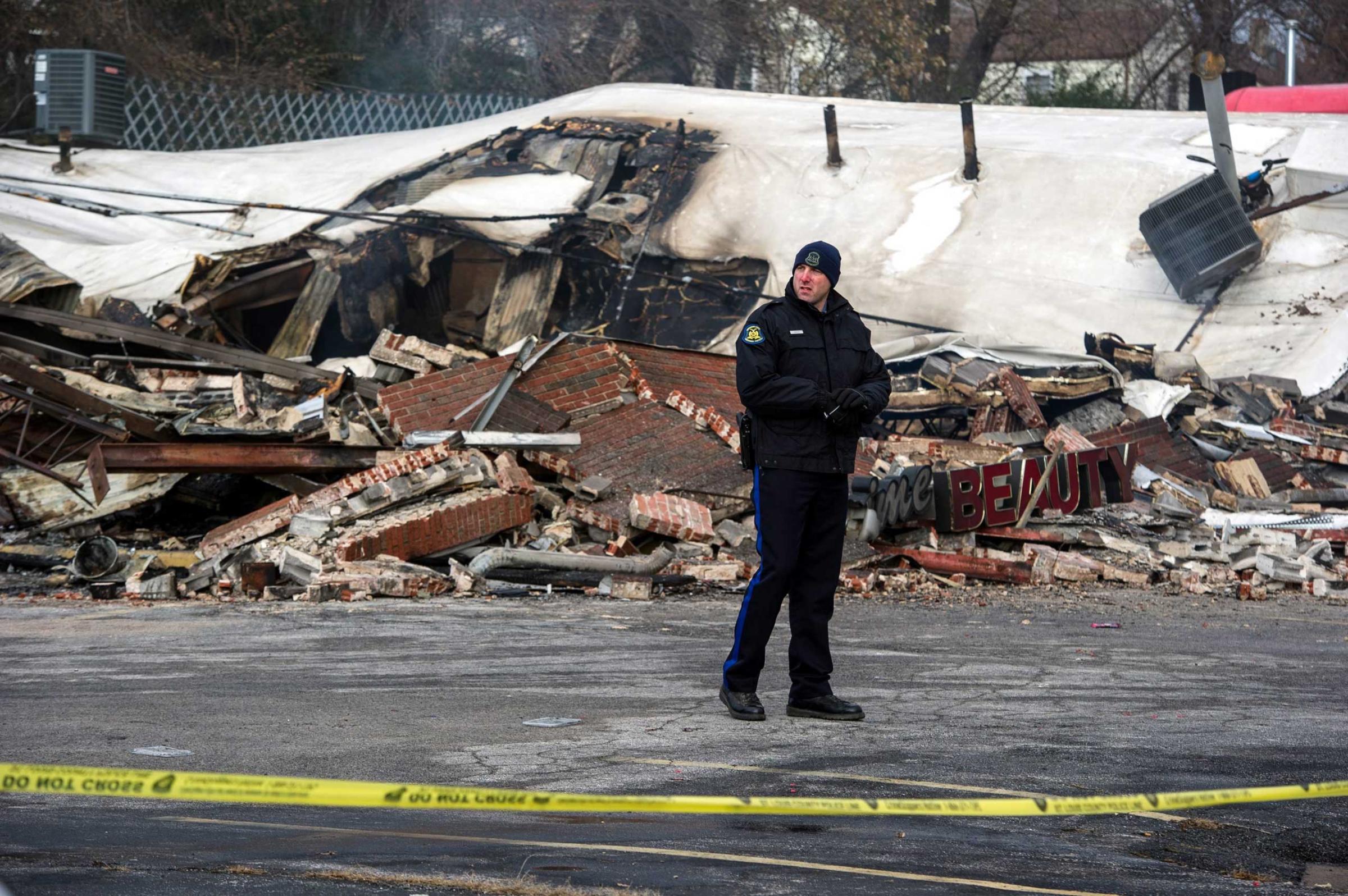
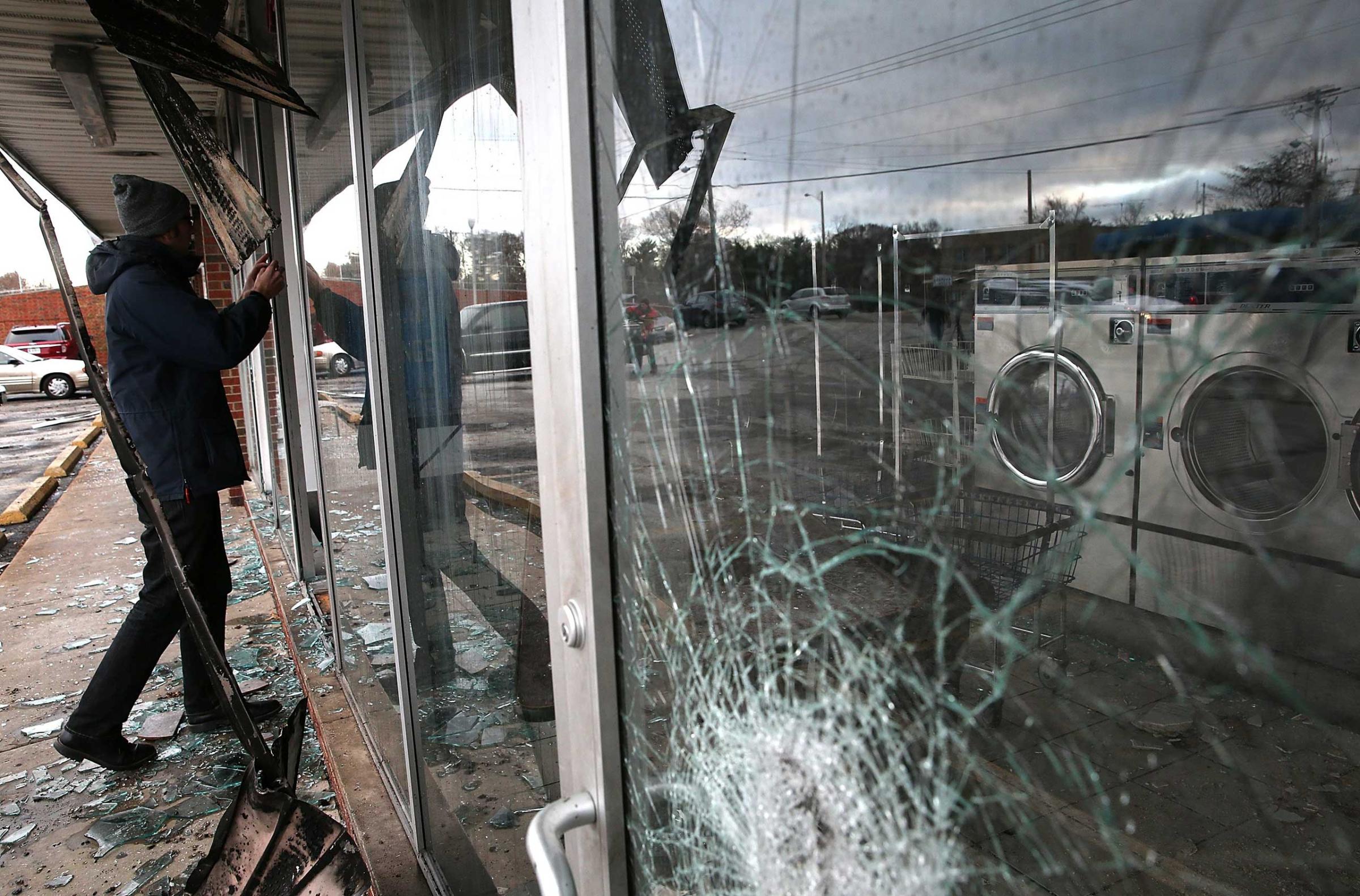

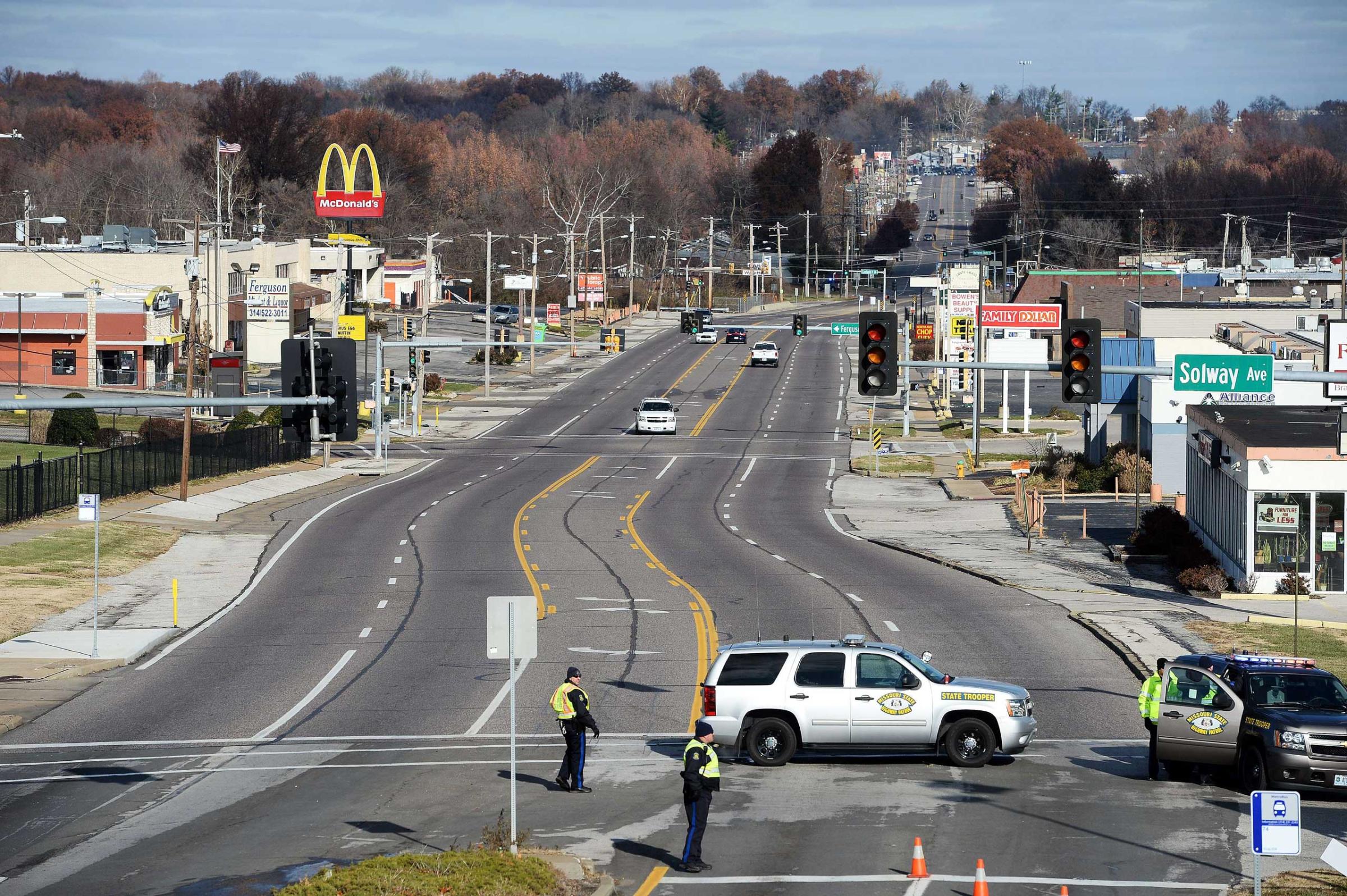

More Must-Reads from TIME
- How Donald Trump Won
- The Best Inventions of 2024
- Why Sleep Is the Key to Living Longer
- Robert Zemeckis Just Wants to Move You
- How to Break 8 Toxic Communication Habits
- Nicola Coughlan Bet on Herself—And Won
- Why Vinegar Is So Good for You
- Meet TIME's Newest Class of Next Generation Leaders
Contact us at letters@time.com